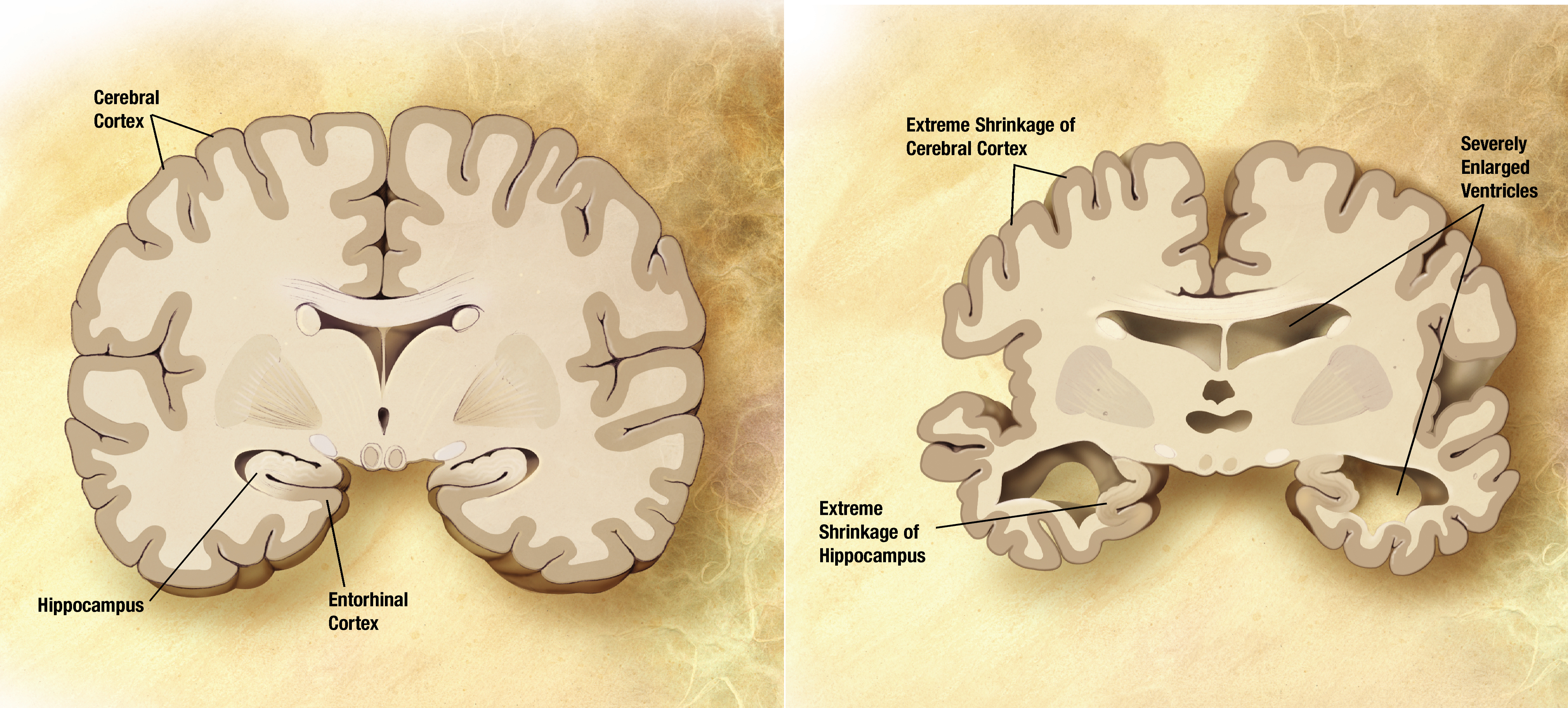Not everyone is aware of it, but
selenium is one of the trace minerals essential to human life and health. Selenium is found in foods such as Brazil nuts, pinto beans and beef, but as conventional farming strips many nutrients from the soil (which is not always mineral-rich to begin with), many people who do eat these foods are still deficient. With studies on selenium showing mixed results, what is the best way to consume enough of the mineral, and can it really prevent cancer?
 |
| Source: Quadell |
One of the first studies on selenium and cancer prevention was conducted in 1983,
a clinical trial testing the effects of selenium-enriched yeast. It was found that the participants given this supplement had a 46-63% reduction in the risk of colorectal, lung and prostate cancer. Specifically, colorectal cancer risk fell by 58%, prostate cancer risk by 63%, and lung cancer fell by 46%. Their risk of dying from any cancer was halved, and their total cancer risk dropped by 37%. Rightfully, this made headlines around the world.
Another study found a protective effect of a supplement containing selenium, zinc, and vitamins A, C and E against colon cancer. This trial involved 411 patients who previously had polyps removed during a colonoscopy; because of this they were at a much higher risk of colon cancer. After an average follow-up time of 4 years, only 38 people in the treatment group had their polyps return, compared to 62 in the placebo group. As a percentage, there was a 39% lower risk of polyps. The 15-year cumulative incidence of the polyps returning was 48.3% in the treatment group, and 64.5% in the placebo group. As for
lung cancer, a case-control study found that a blood selenium level of over 80 micrograms/L was linked with a 90% reduced risk of the disease, compared to people with levels under 60 micrograms/L.
Selenium may also protect us against
cervical cancer. In 2015, 56 women with precancerous lesions received either 200 micrograms of selenium from yeast or a placebo every day for six months, in order to test this hypothesis. After the six months, 88% of the women given selenium had a regression of their lesions, compared to 56% in the placebo group. This difference came with a decrease in fasting blood sugar, insulin and insulin resistance, factors which are linked with cancer and metabolic issues.
However, not all forms of selenium have the same effects against cancer. The SELECT study, which gave 35,000 men either 200 micrograms of selenium (bound to the amino acid methionine), selenium and vitamin E, or a placebo, found no protective effect. This was seen as "proof" that selenium doesn't work because of its size and the publicity it generated. But as Life Extension describes, different types of selenium have different effects against cancer and other diseases. Sodium selenite can boost immunity, helping us fight tumour cells before they establish themselves. Selenium-methyl L-selenocysteine has shown an ability to kill cancer cells, even those which have lost the "suicide gene" that kills off damaged cells. Selenium from yeast provides antioxidant protection for cells and their DNA. Therefore, a supplement containing several types of selenium may be the best way to protect yourself against disease.




